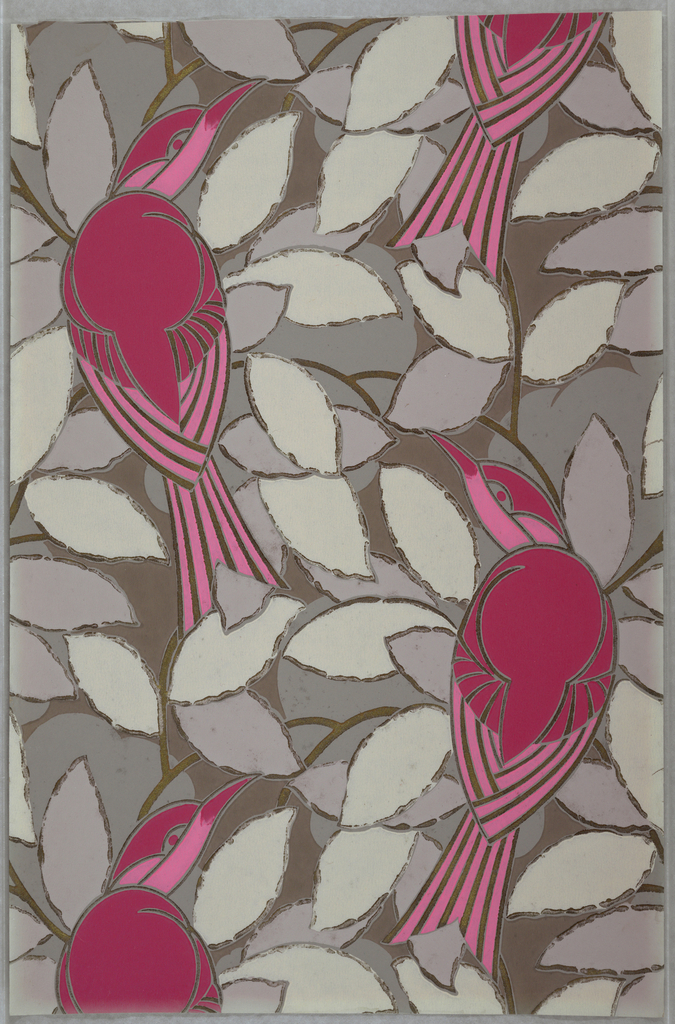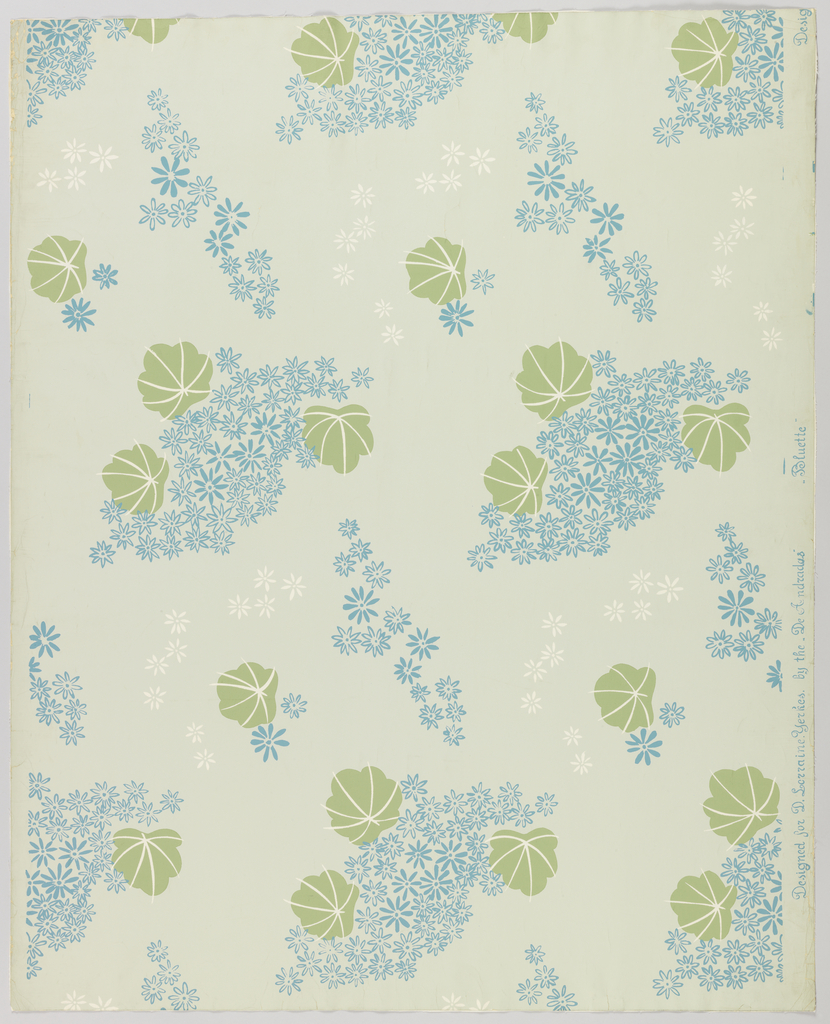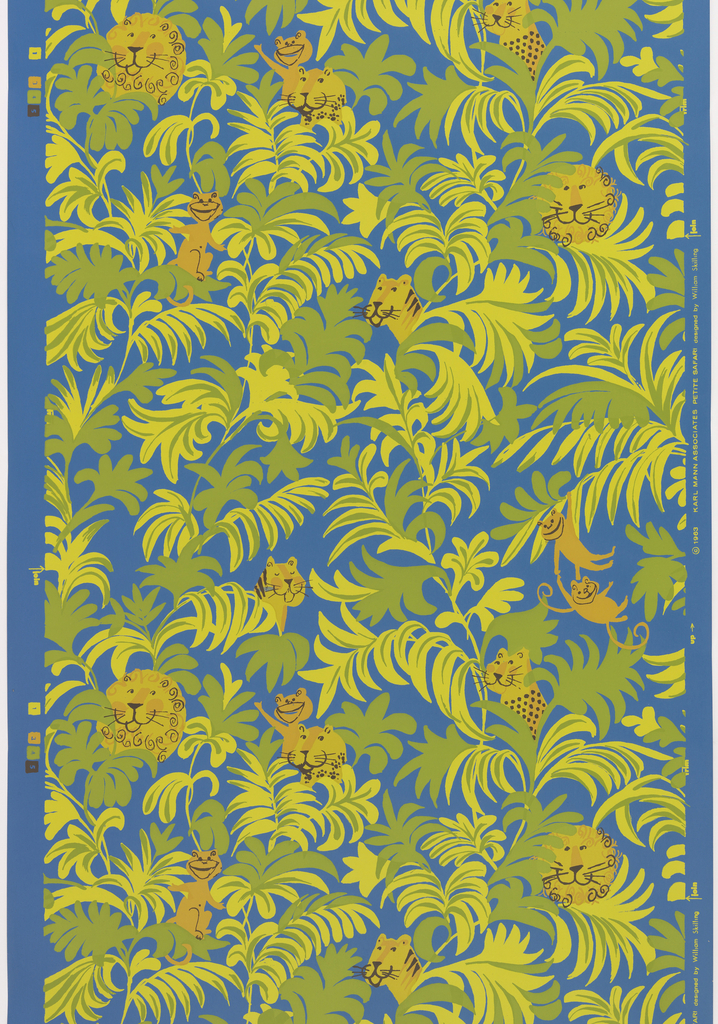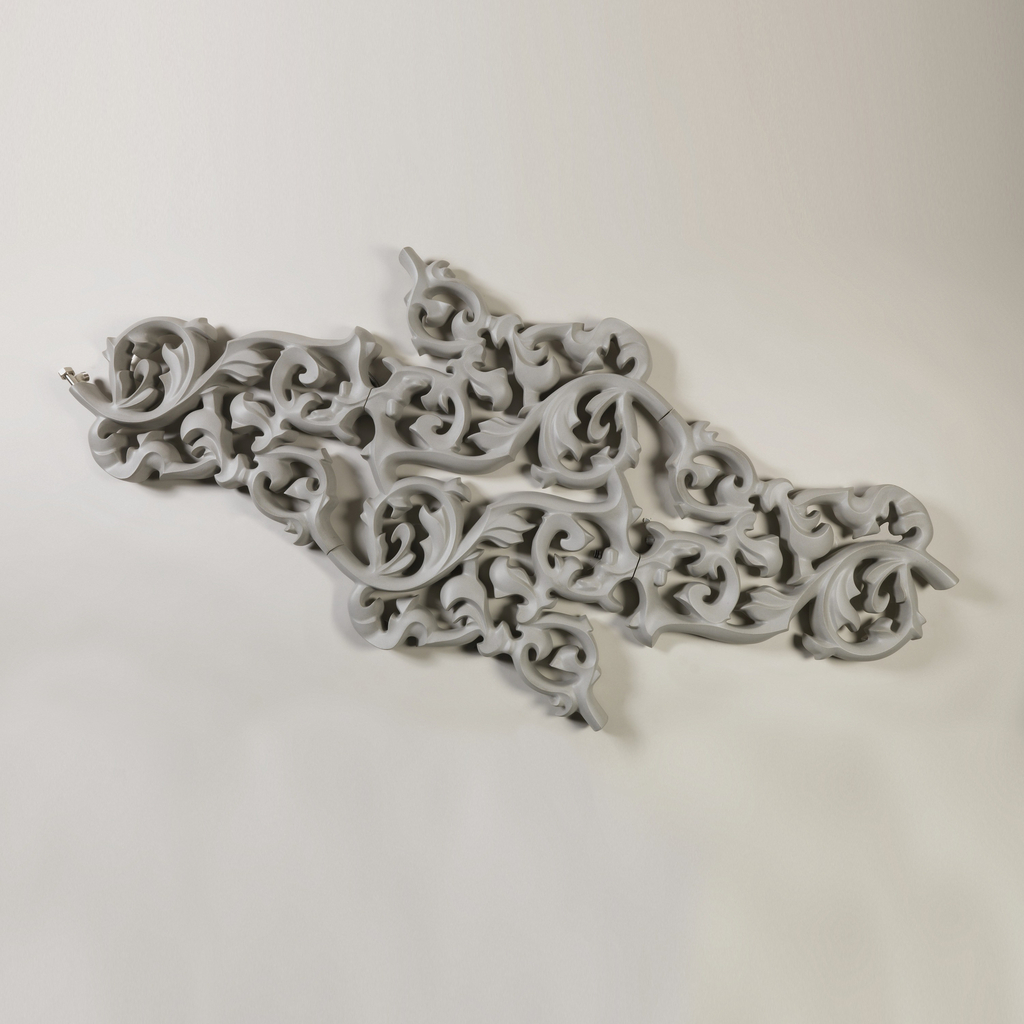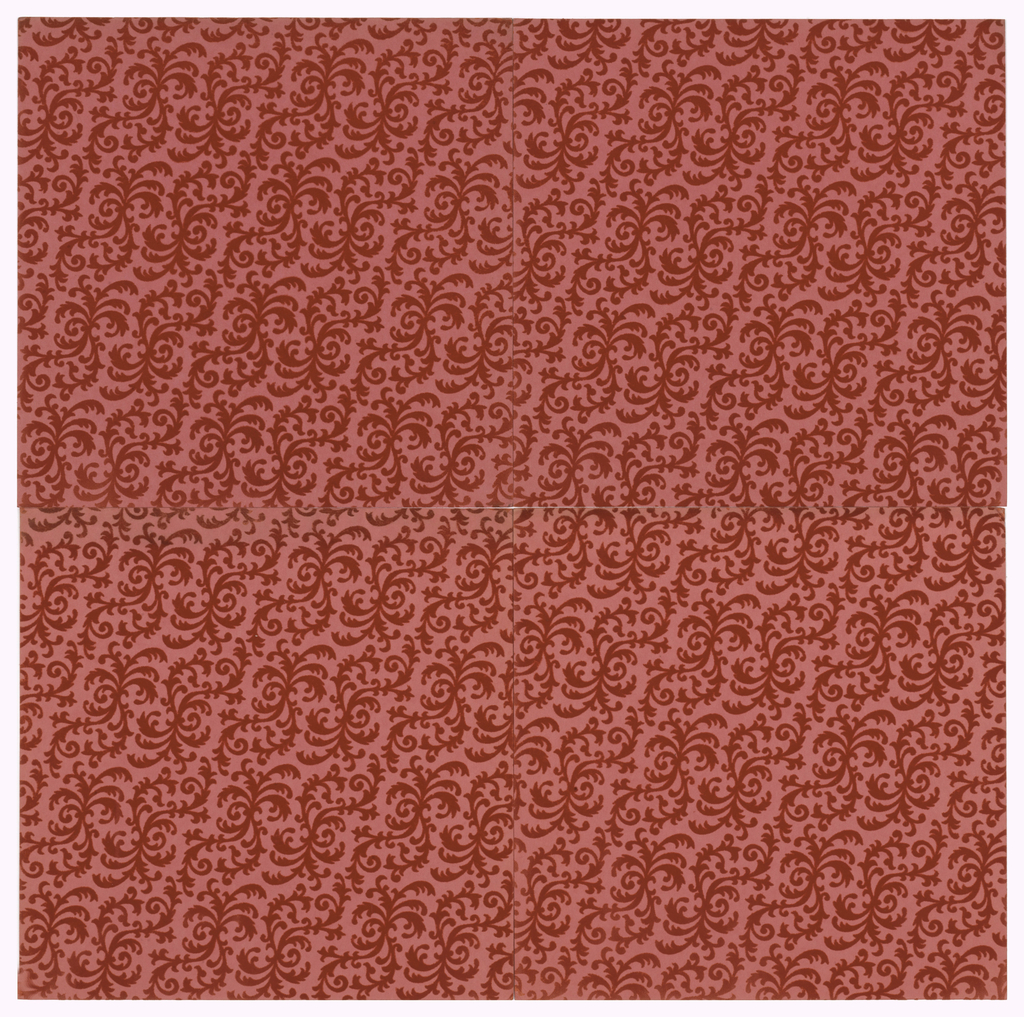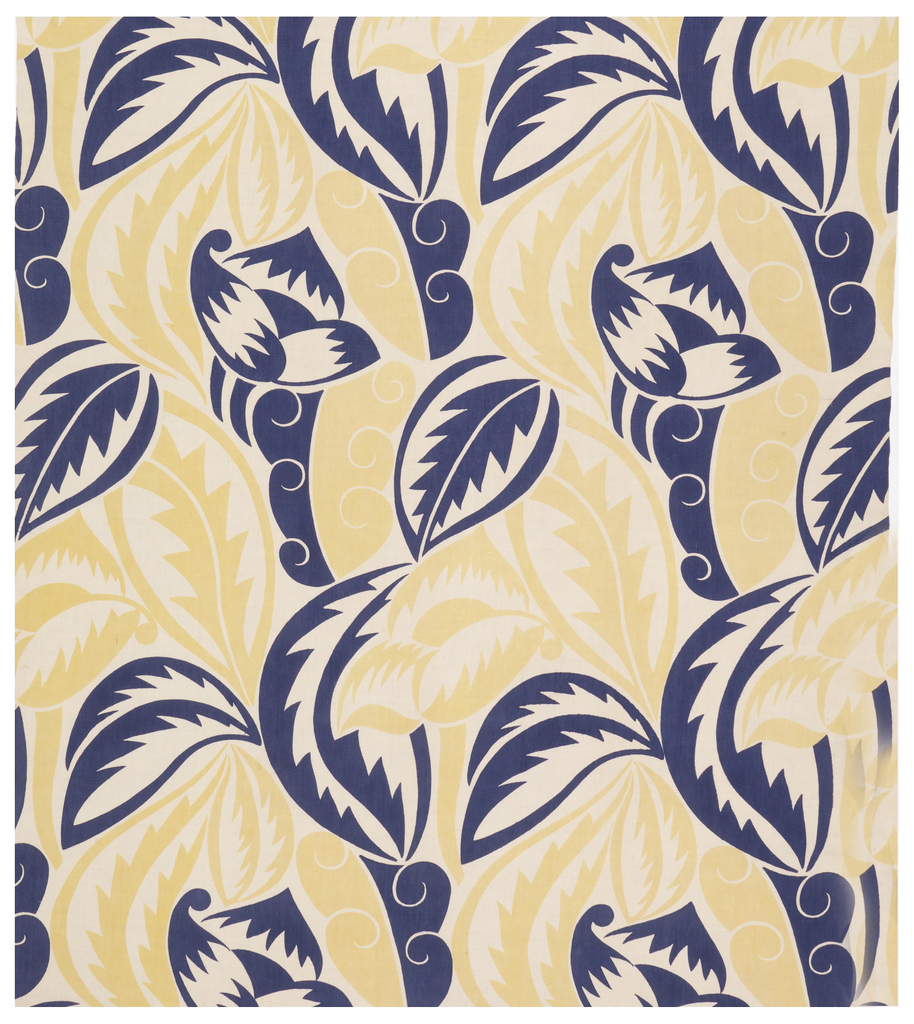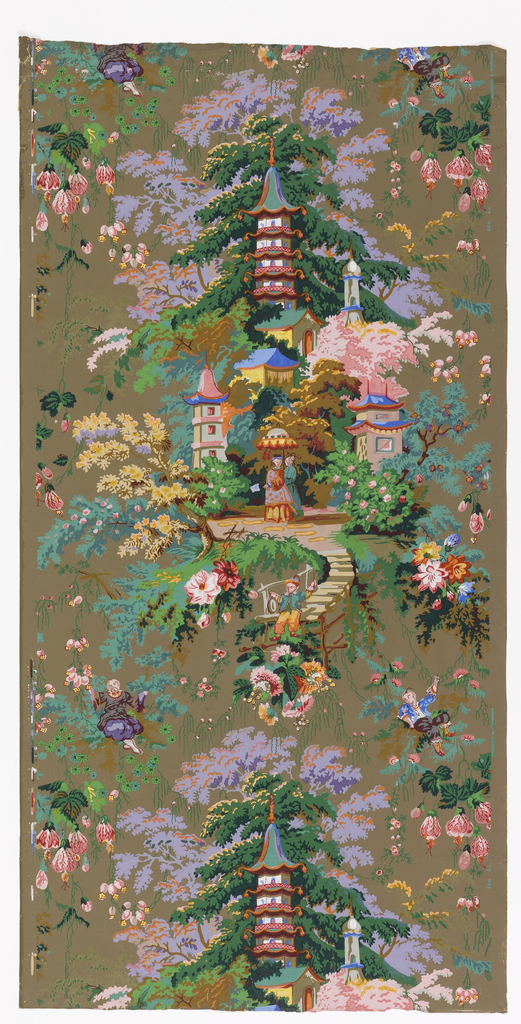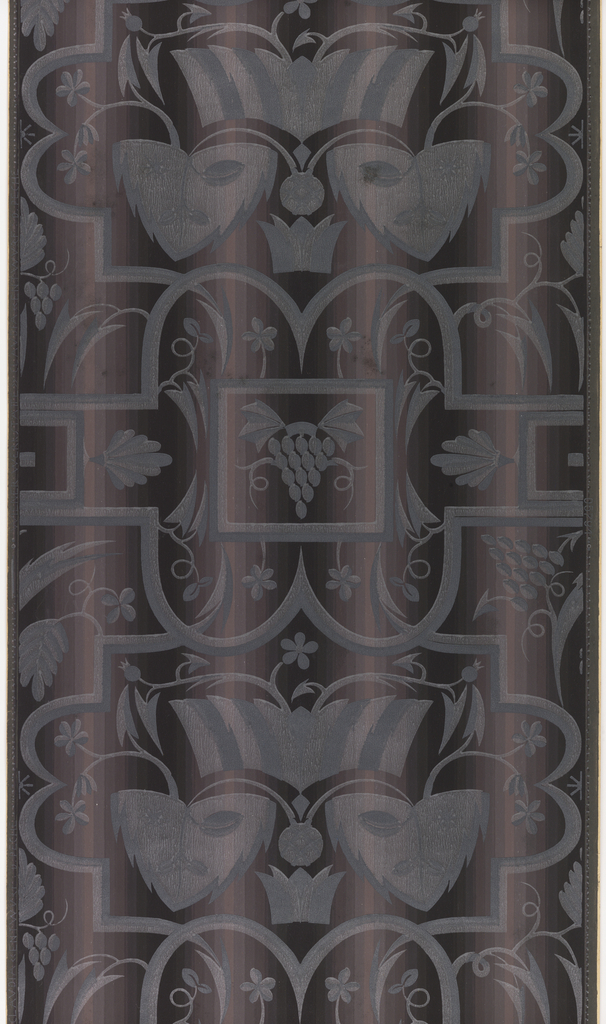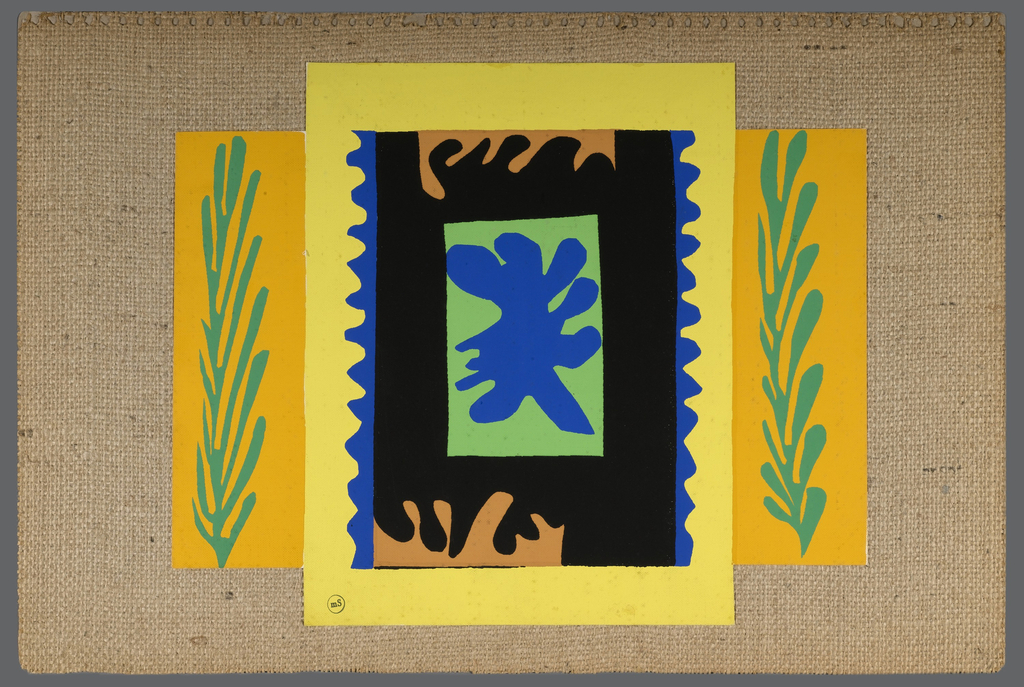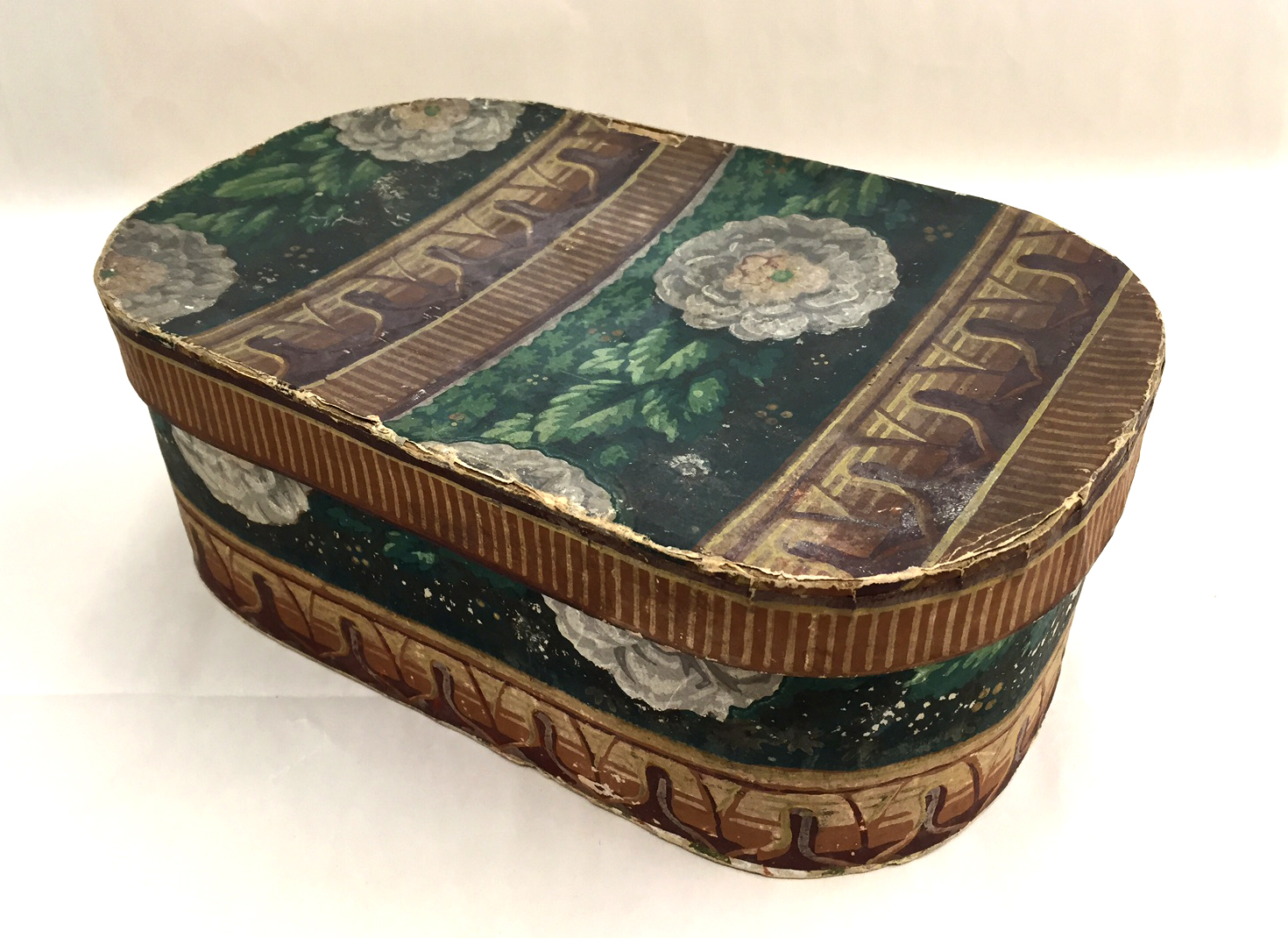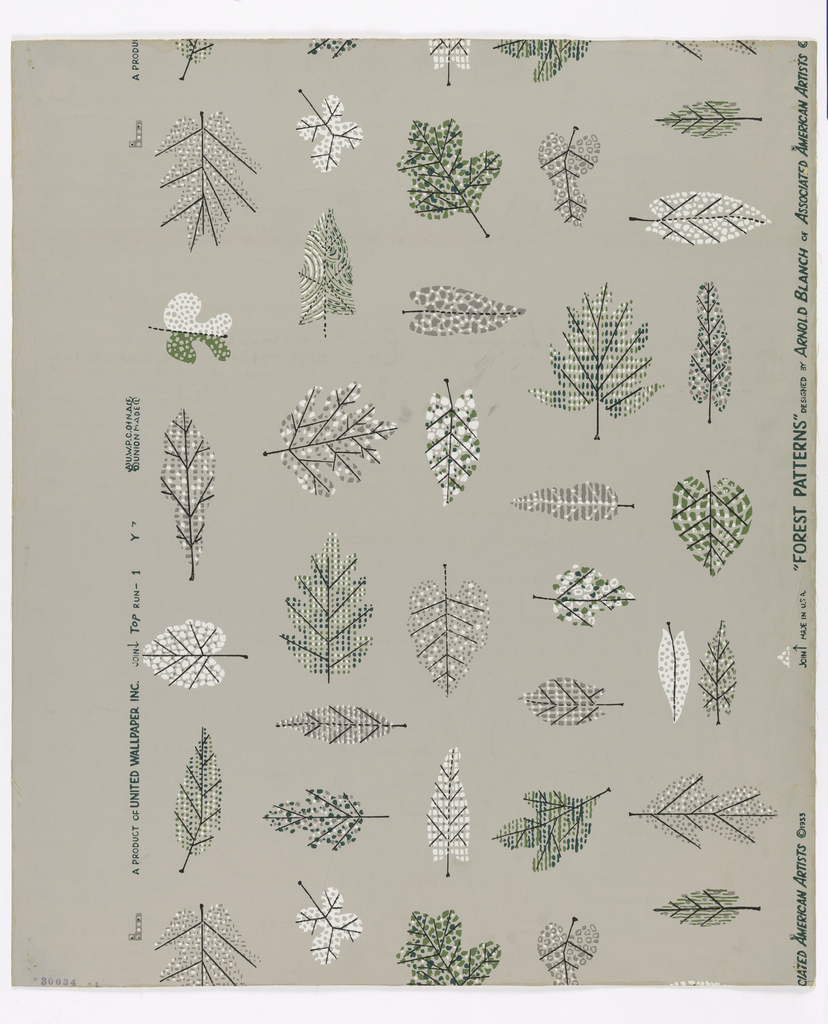Here is a charming wallpaper in the art deco style. The motifs are highly stylized with bright pink and fuchsia-colored birds nestled among dense gray foliage. The design is rendered in a minimal fashion, with the leaves consisting of little more than a metallic gold outline around ovals in two shades of gray, with larger...
Gently swirling clusters of flowers and their accompanying foliage weave across this delicately colored repeat. Soft blues and greens evoke freshly opened blossoms while the stormy gray background suggests a recent or impending shower. Curving between the main clusters are constellations of small white blooms that highlight the rest of the composition, adding a layer...
This post was originally published on March 5, 2016. Wallpaper can be used to create a very personal space, one reflecting the style and/or temperament of its creator, or possibly to inspire the desired mood. The myriad wallpapers in production at any given time range from ultra-minimal and loose, to dense pattern-rich designs. Peacock Garden,...
This is a delightful wallpaper designed for children. The design is rendered in a very flat perspective and illustrated in a naïve manner, which seems reminiscent of illustrations found in children’s books. A fun and whimsical paper that would allow children to create their own little safaris. The jungle scene contains images of lions, tigers,...
A version of the Heatwave Radiator is included in the exhibition Joris Laarman Lab: Design in the Digital Age, on view at Cooper Hewitt, Smithsonian Design Museum through January 15, 2018. Radiators have long been used to exchange heat, transfering thermal energy from one medium to another for the purpose of space heating. Their primary...
Here is a fun wallpaper that would have appealed to the do-it-yourself market. This is wallpaper sold in squares rather than the typical roll. Like the vinyl floor tiles sold as an alternative to the rolls of linoleum. Wallpaper squares were marketed as being easy to apply, no special tools or talent required. Each square...
Now on view in The Jazz Age: American Style in the 1920s, this Dufy textile proclaims modernity in its abstracted pattern.
This beautiful sidewall is a great example of the Rococo Revival style at its most wild and vivid. Its design, a repeating landscape vignette floating in space bordered by sprays of flowers, is common in 18th century wallpapers. This paper also uses the old-fashioned technique of block-printing, despite coming from a time when machine-printing dominated...
Dagobert Peche was one of the most influential designers working in Europe in the 1910s and 20s. In 1910, after meeting influential Austrian designer Josef Hoffmann, Peche began contributing numerous designs for textiles and wallpapers to the Wiener Werkstätte, the design workshop founded by Hoffmann and Koloman Moser in 1903. Impressed by his work, Hoffmann...
During the years when America was involved in World War II there was a moratorium on new wallpaper designs as the materials used to make printing rollers and silk screens were all needed for the war effort. This forced manufacturers to continue printing the same designs for years. So when the moratorium ended manufacturers got...
Bandboxes, a decorative yet practical item of an earlier time, were originally used as receptacles for holding men’s neckbands in the early 17th century. Although they continued to hold that purpose heading into the 19th century, women would soon adapt them to carry their personal items and accessories. Between the years 1820 and 1845, the...
Wallpaper can be used to create a very personal space, one reflecting the style and/or temperament of its creator, or possibly to inspire the desired mood. The myriad wallpapers in production at any given time range from ultra-minimal and loose, to dense pattern-rich designs. Peacock Garden, a beautiful design of flora and fauna by Walter...
Forest Patterns was designed by modernist painter Arnold Blanch for Associated American Artists in 1953. It was produced by United Wallpaper, Inc., one of the largest American wallpaper producers of the mid-twentieth century. Blanch renders the leaves as graphic deconstructions of botanical illustrations. The veins and stems of the leaves are drawn in straight black...
